Sheds are a quintessential feature of almost every UK garden. They serve as versatile repositories for gardening must-haves, rattan furniture, and much more!
Often made from wood, they can range from the smallest bike storage to massive workshops. The allure of timber lies in its ease of construction, and it seamlessly blends in outdoor spaces.
Nonetheless, its organic nature bestows both its merits and vulnerabilities. Proper maintenance and care become crucial to ensure its longevity. But over time, potential threats like rot could take a toll. That’s where this guide comes in!
What Is Rot?
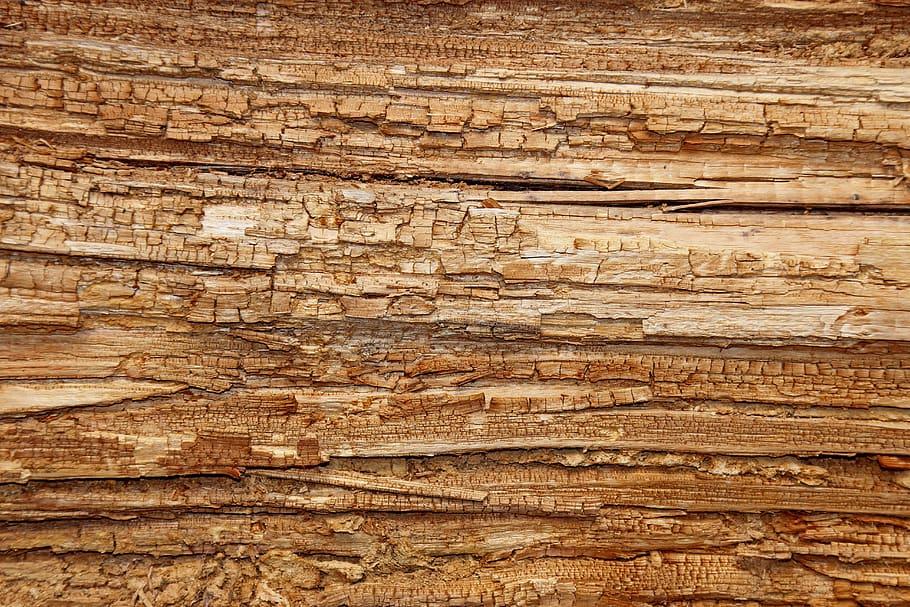
Rot is the decomposition of organic matter. It refers to the process of decay, and it is caused by fungi. The fungi feed on water and the timber itself, breaking down the wooden shed. You can tell when it has rotted through the appearance of wood – it will appear soft and flaky.
Wood that has been damaged by rot is not easy to repair. Thus, take action to prevent it from happening rather than waiting until it develops to act.
Identifying dry rot

There are a few different types of rot. They vary because of the different types of fungi that cause them. And chances are, you may have come across the term ‘dry rot’.
Dry rot is colloquially known as brown rot, the most common variety. Keep in mind, though, that it isn’t actually dry. It may have been coined that due to the darkened appearance of rotting wood.
Rotting can only occur in the presence of moisture. That means that even if your rotting wood is dry now, it would’ve been wet enough for fungi to thrive and grow.
Interestingly, when timber is completely dry, rotting cannot take place. However, if your wood has been exposed to moisture at any time before, it can still take place.
What Causes Rot?
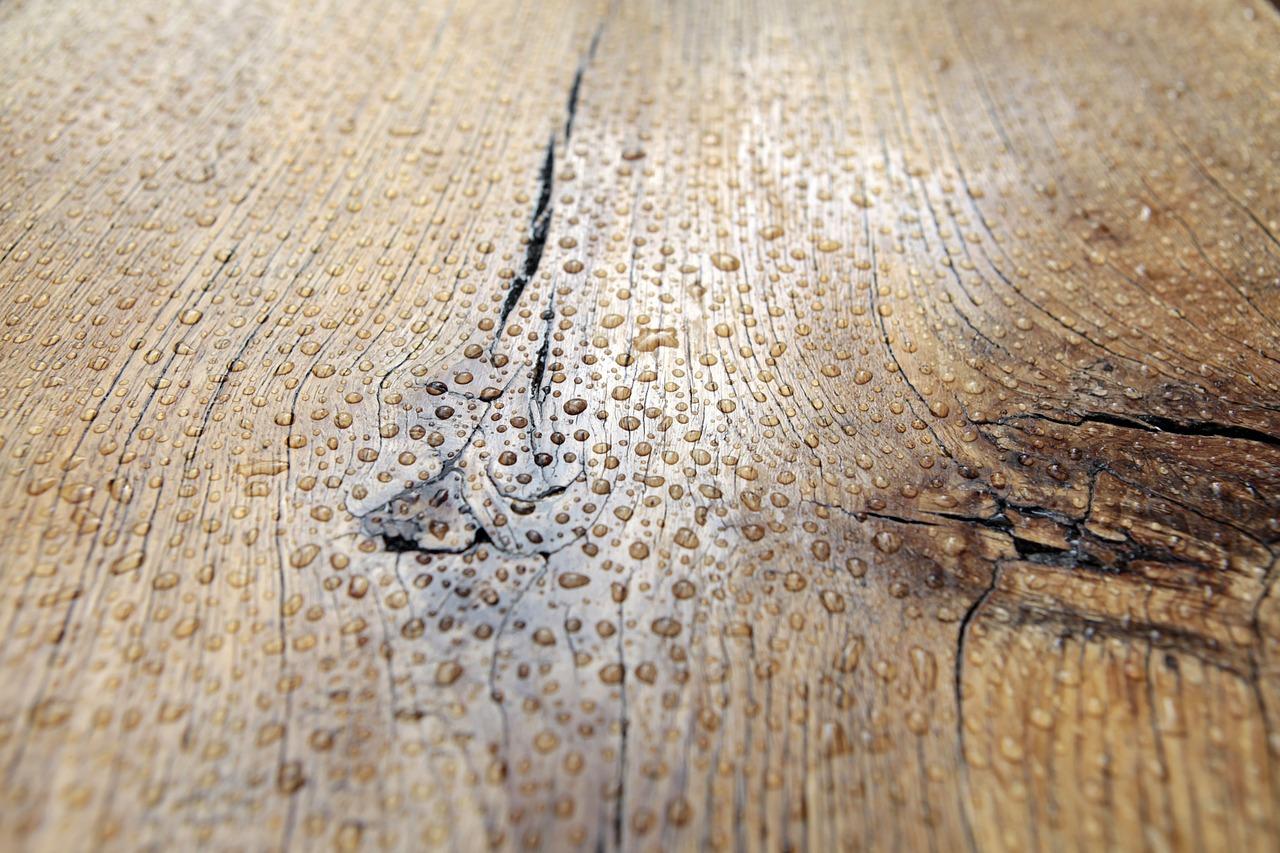
Rot needs very specific conditions to occur. Unfortunately, the weather in the UK is the perfect storm for rot to culture in. The changing forecast, consistent rains, and temperate climate add up.
Temperature
Fungi cannot grow in conditions that are too hot or too cold. Similar to humans, it thrives at temperatures between about 3 and 30 degrees Celsius. If it’s too chilly, the fungi will become dormant; any hotter than 40 will kill it altogether.
The height of summer and the depth of winter are the least favourable times of year for fungi and mould. But for most other parts of the year, they will seek the best environment to grow in. And they’ll want to do it as soon as they can.
Humidity

(Image Credit: Pxfuel)
Humidity is also a factor. This refers to how much moisture is trapped in the air. Rot thrives in conditions where humidity is over 20%. Generally, this is unavoidable as our homes typically have levels between 40% and 60%. But the case is different for rot; the more humid it is, the better.
Water
Fundamentally, water stands as the pivotal catalyst for the initiation of fungal decay. When water infiltrates, it distorts the natural form of wood, thus nurturing mould. This is due to fungi’s inherent reliance on moisture for sustenance.
This is also why you might see damp sports in your bathroom if you don’t ventilate after a hot shower. For one, the water evaporates, turning to gas, and when it is in a gaseous state, it travels around the room. When it reaches the walls, where it condenses, it turns back into a liquid and settles.
Fungi may not grow in the air, but they can on the walls. That’s why you should try and prevent water from settling on your timber walls as much as possible.
The same thing can happen in your timber retreat, including log cabins and summer houses. That is especially the case if no windows or proper ventilation is applied.
Timber, a source of food
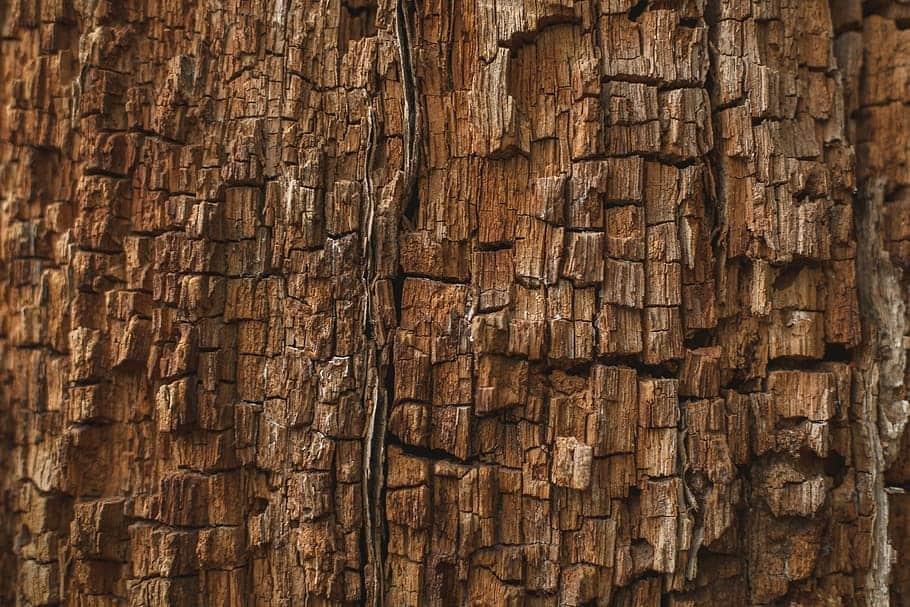
(Image Credit: Wallpaper Flare)
Why does rot affect wood, then, you might ask, but not other materials? Simply put, fungi and bacteria feed on natural wood. The timber makes a great source of energy for them. Paired with moisture, such a combination is what enables them to thrive.
How To Prevent Your Garden Shed From Rotting
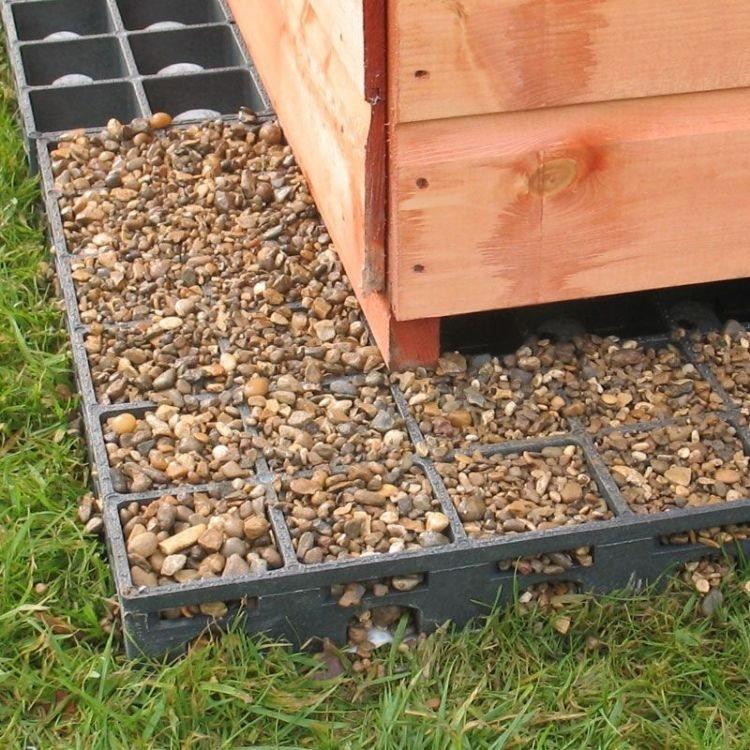
[spacer height=”20px”]
1. Have a solid shed base
All types of wood naturally absorb water very easily. Thus, installing a tongue and groove shed with the floor touching the ground is a no-no. For one, the water would begin to soak up through the flooring. Remember, water and wood don’t make a good pair. Fungi will thrive, and rotting is likely to occur otherwise.
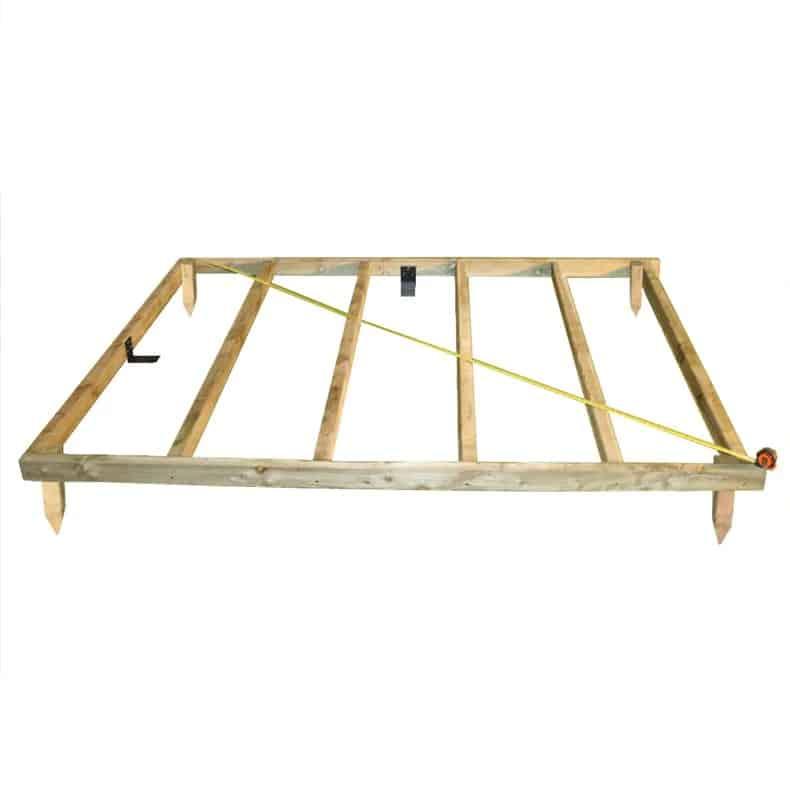
To combat this, you need to make sure your shed is raised off the ground. People often use an impermeable material, such as concrete, as it makes a strong, sturdy shed base. Consider investing in treated wood, such as an Eze Base, or a plastic-type, like the eco base fast fit.
2. Opt for pressure treatment
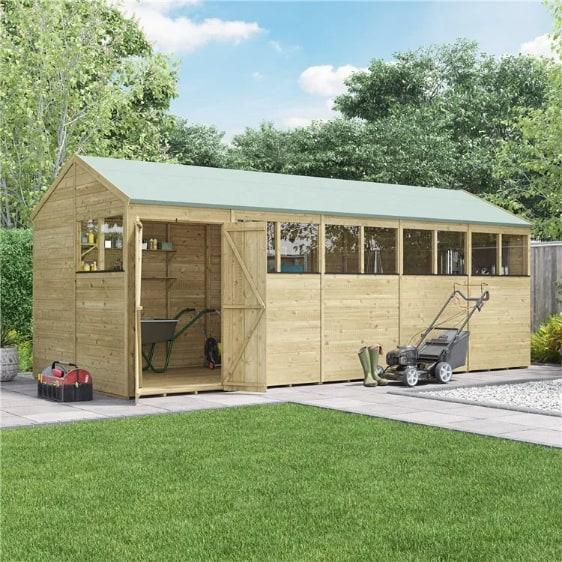
At Garden Buildings Direct, we offer pressure treatment, a robust defence against rot. Choose this option for an added fee during your purchase. The chemical preservatives permeate the wood within a vacuum-sealed tank. This thwarts fungus and mould at the timber’s core.
Alternatively, if your structure lacks pressure treatment, annual at-home wood treatment is advisable. While not as potent, it serves as a viable alternative.
3. Get some sunshine
Situate your shed in a place where the sun can easily access most of the walls. This will allow the heat from the sun to dry out the structure as quickly as possible after rainfall.
The quicker you can get rid of the moisture, the less time the fungi will have to grow. Moreover, on a really hot day, any bacteria on the surface will be killed when the sunlight hits it. This way, you can make the weather work for you!
Top tip: Avoid positioning your shed at the bottom of a slope. For one, water could run down towards the shed and seep into the natural wood.
4. Use water-repellant sealant
Guard against water infiltration by employing water-repellent sealant on wood surfaces. Regularly spray or paint the sealant, ideally every 1-2 years. Doing so will form a robust barrier against moisture seepage through gaps.
As you can tell, the main technique for preventing rot is preventing water from getting to the wood. It really is that simple!
Round-up
A wooden garden shed can be extremely useful practically and add life to your garden. So don’t lose it to rot! And lucky for you, we offer a fantastic 10-year anti-rot guarantee on our outbuildings. These include playhouses for kids, garden offices, and greenhouses.
If you’re interested in buying one of our rot-resistant sheds, take a look at what is on offer by using the button below!
Shop Garden Sheds
Disclaimer: Please note that this guide is intended to present general information regarding the subject. All information indicated are representative and not exhaustive, which means that the results may vary depending on your item, its size, complexity and other circumstances. This is only advice and we do not accept responsibility for any problems you may have whilst following this guide, it is only a representation and not a definitive guide. When in doubt, please ask your manufacturer before proceeding.

 Chanel earrings, CC dangle earrings in water drop shape adorned with stones and pearls v39
Chanel earrings, CC dangle earrings in water drop shape adorned with stones and pearls v39 